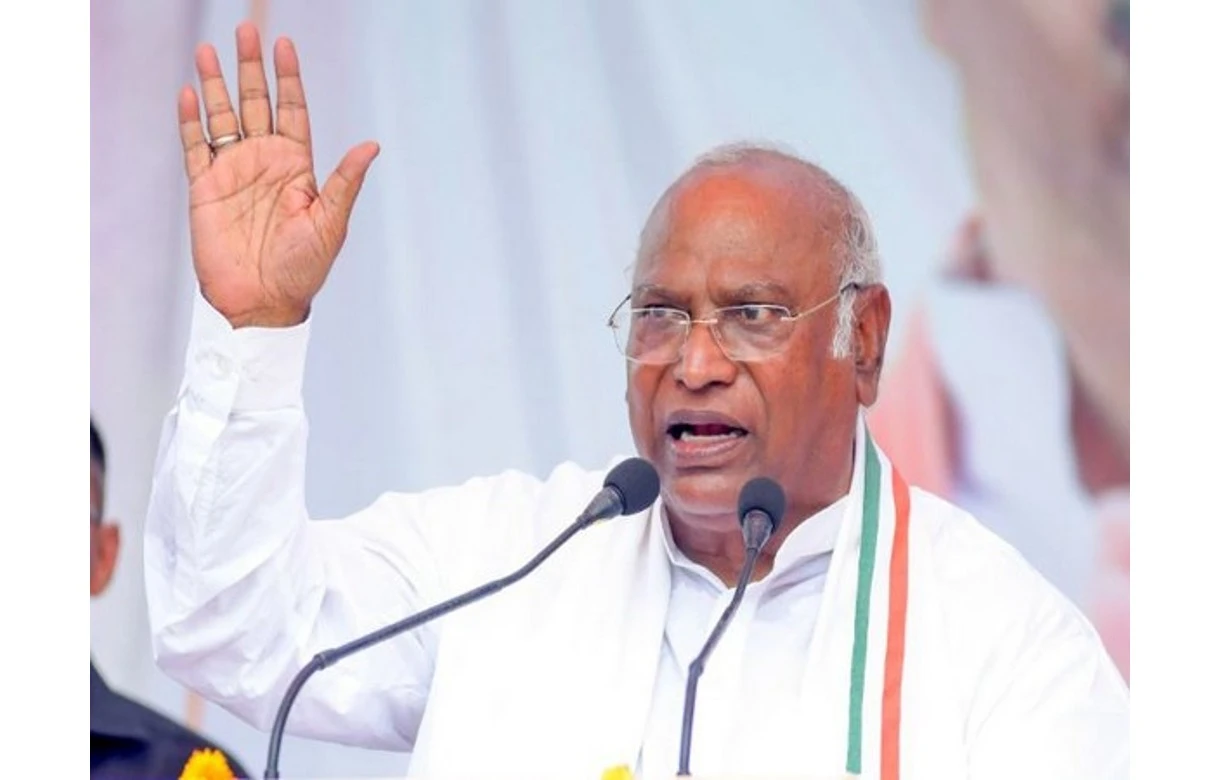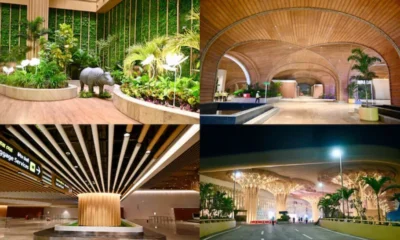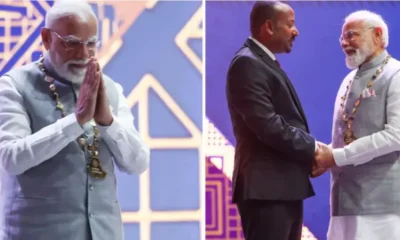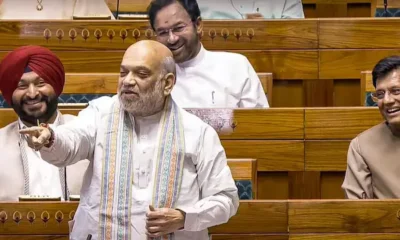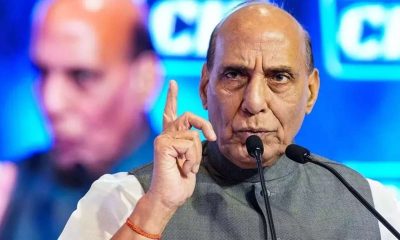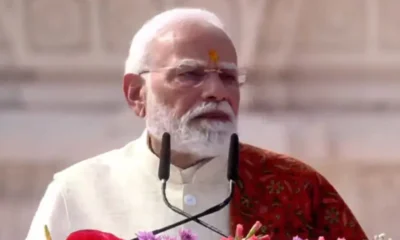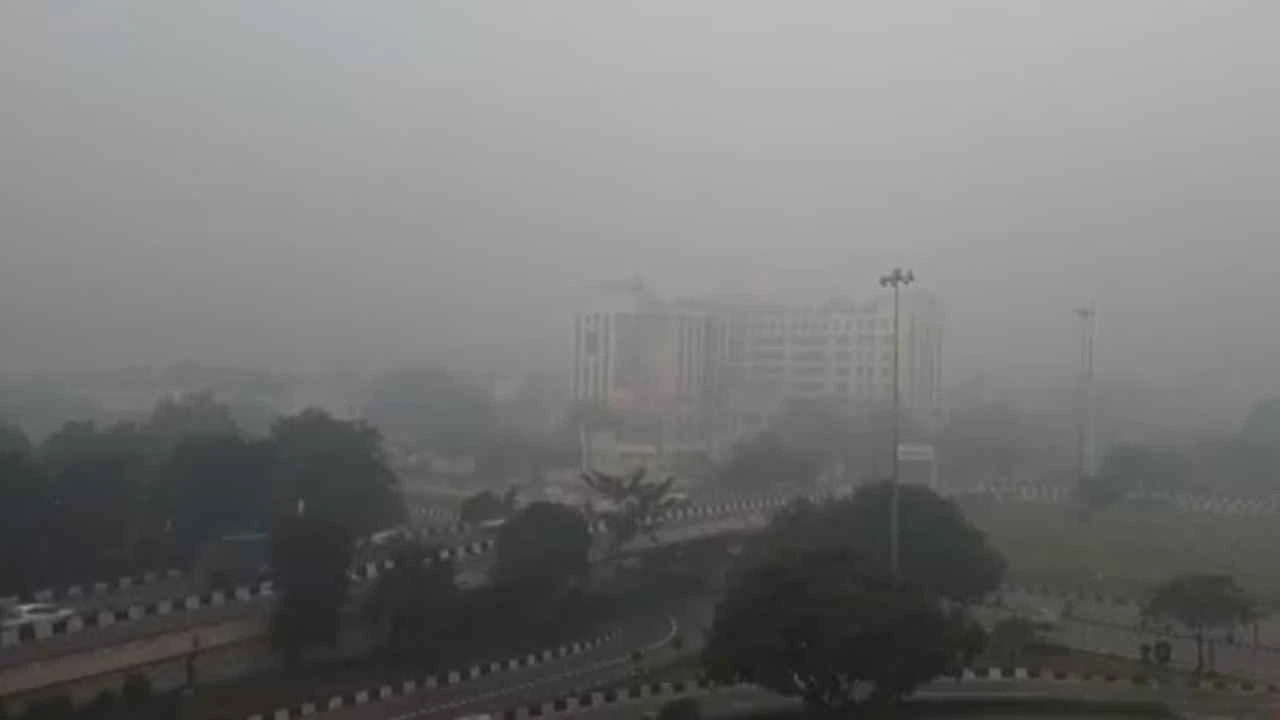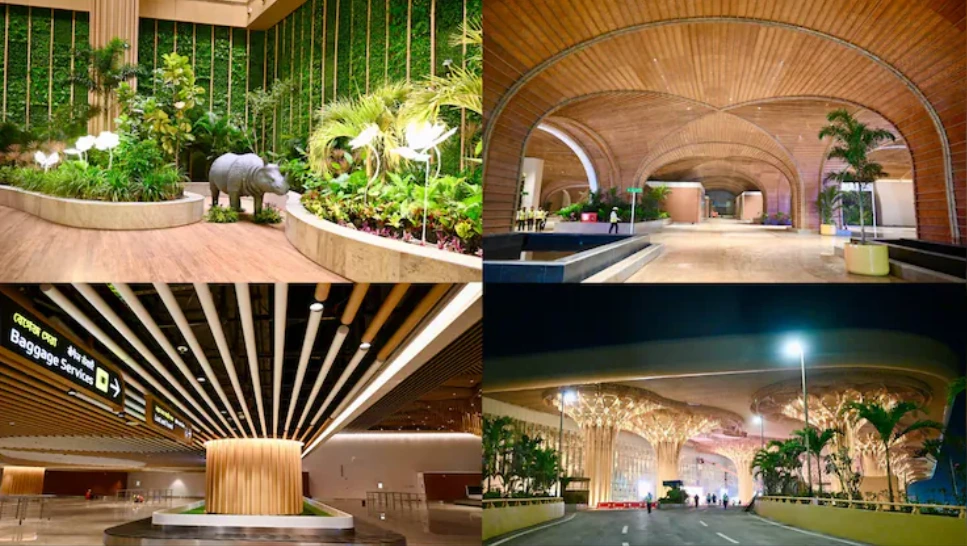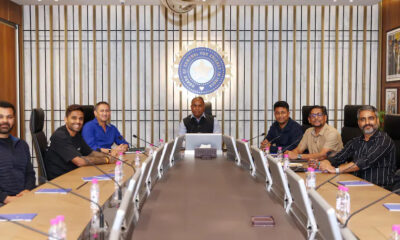Terming it a stunt, Congress chief Mallikarjun Kharge on Wednesday said that ten years of Prime Minister Narendra Modi-led central government’s “Make in India” initiative has put a break in the country’s manufacturing sector.
“10 years ago, PM Modi crafted the slogan of “Make in India” and claimed to build Aatmnirbhar Bharat,” Kharge said in his social media post on X.
Launched on September 25, 2014 by PM Modi, the campaign was to facilitate investment, foster innovation, enhance skill development, protect intellectual property and build best-in-class manufacturing infrastructure in the country.
Hitting out at Prime Minister, the Congress chief said, “Contrary to BJP’s high decibel propaganda, India’s Manufacturing sector has got de-industralised due to Modi government’s flop policy initiatives.”
Pointing out five stark facts that made India miss the bus on manufacturing, Kharge said the average growth rate of the manufacturing sector between 2014-15 and 2023-24 is just 3.1% (BJP-NDA) whereas between 2004-05 and 2013-14, the average growth rate was 7.85% (Congress-UPA).
Comparing the Congress-led UPA term with BJP-led NDA term, Kharge said the number of employees in factories grew at 6.2% annually during the Congress-UPA regime, while under Modi government the growth fell spectacularly to just 2.8 per cent.
“Between 2011-12 and 2022, India’s manufacturing sector saw minimal growth in employment, increasing from 6 crore to merely 6.3 crore workers,” Kharge said. He added that the modest addition of 3 lakh jobs annually is insufficient, considering 1.5 crore youth enter the workforce every year.
Citing an NSO report, the Congress chief said the share of employment in manufacturing accounted for 12.6 per cent of all workers (2011-12). “This declined to 10.9% (2020-21), before recovering a bit to 11.6% (2021-22),” he added.
He also pointed out that the share of manufacturing in India’s GDP has hit an all-time low of just 12.83% (2023), due to Centre’s policies. During the Congress-led UPA government, the same was 15.25% (2013), he compared.
“PLI schemes have miserably failed in several sectors,” he said.
The Congress chief said, “Sectors such as high-efficiency solar PV modules, advance chemistry cell (ACC) batteries, textile products, specialty steel, white goods and medical devices have failed to yield the claimed results.”
Most PLI schemes have garnered lukewarm and tepid response from the industry and experts have criticised the schemes for their poor design, lack of clarity and no real value addition, Kharge said.
“Year after year, Modi government has sold stakes of even profit-making PSUs to PM Modi’s crony friends, thereby breaking the backbone of our Public sector,” Kharge alleged.
Instead of filling vacant government jobs, Modi government has eliminated 5.1 lakh posts, Congress chief Kharge slammed Centre.
“Casual and contract recruitment in PSU’s has increased by a whopping 91per cent,” he said.
“SC, ST, OBC posts have decreased by 1.3 lakh (2022-23),” Khage said.
He said, “Overall there are 40% contractual employees in Indian factories (2021-22), this was just 5% (2013-14) during Congress-UPA.”
With rampant joblessness, plunging exports and extinguishing savings, Modi government’s glitzy ads on “Make in India” cannot sugarcoat its colossal failures, the Congress chief said.
